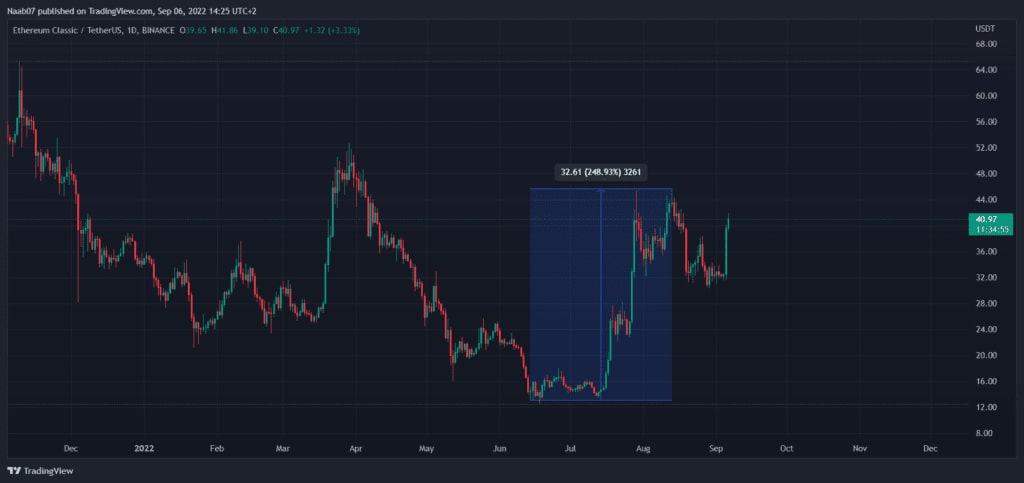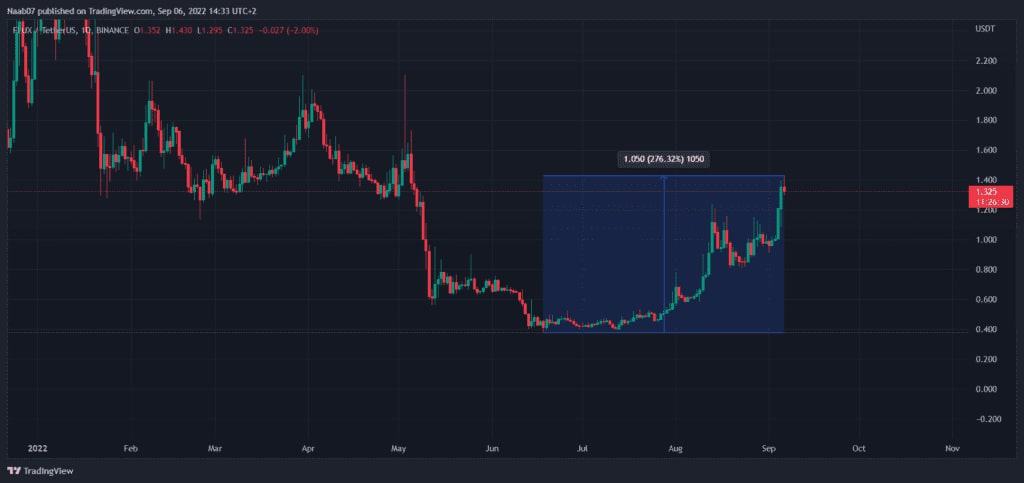De POWPOSPO ? Oui on dirait le début d’une chanson paillarde ou une demande de mon fils, mais nous reviendrons sur ces deux petits termes techniques juste après. La vraie question qui se pose ici, pour ceux qui ont déjà les définitions est : quel va être l’impact du changement de consensus d’Ethereum sur les autres cryptomonnaies après la fin du mining d’ETH ?
POWPOSPO, PoW & PoS
A little definition before we start. You probably already know this, but there is not one single mode of operation (consensus) for all blockchains.
Some are based on Proof of Work (PoW) like Bitcoin is. PoW consists of using computing power to solve equations as quickly as possible (if you can do it in your head, “numbers and letters” look for participants). So by solving the equations, you provide a proof of work that deserves a salary, thus getting rewards in the network’s cryptocurrency, this is called mining.
But our friend Vitalik, the boss of Ethereum (it’s here if you don’t know this burlesque character) wants to move to Proof of Stack (PoS) . In this case, it will be necessary to stack (that is to say to block your funds) to participate in the networks and thus be able to have rewards.
These are not the only ways to make a blockchain work, but this is not the purpose of this article!
What will miners do after Ethereum mining ends?
ETH is the most used network at the moment and when you say network in operation, you say miner who earn money by mining. However, this change will have a real impact on them, especially in terms of their mining strategy.
Like Rene, they want to continue to use their picks. Especially since the machines produce a lot of heat and what could be better than to put all this in the living room in winter to heat themselves, in order to lower the electricity bills that will not stop climbing!
As you can see, miners will turn to other PoW-powered cryptocurrencies! What are they? Have they already done so? Let me explain.
The small list of PoW cryptocurrencies
You can find all the cryptocurrencies working in Proof Of Work here.
Among them, the most famous is Bitcoin. However it is not easy to mine the bugger! Indeed a big competition around its mining is raging and the computing power needed for the rewards requires specific equipment (the famous mining farms).

The graph above shows you the difficulty of mining, we can see that it is growing rapidly since 2018. So no, don’t try to reboot grandma’s Windows 98 to mine!
So miners will turn more easily to crypto currencies easier to mine and also with a more attractive earning potential!
In the most known we will think of Ethereum Classic (ETC), Litecoin (LTC), Flux (Flux) or Kadena (KDA). (No, I will not mention the Dogecoin (DOGE) the specialty of our friend Elon … Oh, wait … too late)
Small graphical analysis of the potential replacements
Finally I can get to the graphical analysis, I couldn’t take it anymore! We want to see graphs!
What you have to understand is that money moves very often from one asset to another. Of course, some people decide to sell to get cash especially in uncertain times like we are living, but usually the money is reinjected in another value/asset. For miners and their money it is the same.


Of course this is not the case for all crypto-currencies working in PoW. We could take the example of KDA or LTC which have not yet performed unlike the two examples above. Is this likely to happen? Maybe. We have to remember that when a crypto becomes too complicated to mine, miners find a new one.
But you’re going to tell me, okay Johnny CryptNaAb, but why is it gaining in value like this? That’s a good question! According to you, before reading the next paragraph, why does a cryptocurrency that is mined a lot go up in price?
(Heyyyyy, for those who want to see the answer too quickly).
What happens when a small miner mines at prices that are considered low is that the price is very close to the cost of the electricity he uses to mine. So a miner would be just about break even or slightly in loss/gain if he sold directly. A miner therefore mines for a longer term objective, a few months/years. So if our little miners keep their rocks, while there is not a large quantity of rocks available, then the price of the rock goes up. This is the principle of supply and demand. Here, the miner reduces the available supply. But if the demand does not change, but there is less supply, then the price goes up!
The last word
That’s how we’re going to end! It is important to understand that the impact of the merge is not only for the Ethereum ecosystem, but for all the other cryptocurrencies that work in Proof Of Work.
Indeed, miners who used to mine ETH will no longer be able to do so, so they have to go to another mine (mine another cryptocurrency). Some have been chosen as a priority, for reasons of ease for the miner or ease of mining with a nice earning potential behind. We see this especially on assets that have already gone x2 or x3 compared to the price they had 2 or 3 months before!
Some have not taken off yet (still no link to Elon!), however that does not mean they will. Indeed, mining is not the only factor impacting the price, otherwise it would be easy to know on which asset to invest! For this last part I leave you to make your own investment decisions! Finally the end of Ethereum mining also impacts Proof of Stake currencies like Cardano and its ecosystem. One more proof that this is an important event in the cryptosphere.

Entrepreneur & Dad, passionate about cryptocurrencies, I describe for you the technical analysis. Cofounder of Cryptocademia, a free platform to learn all you want/can about blockchain ! Meet you there at https://www.cryptocademia.com
My job: look at charts and interpret them for you.
Beware, I do not know all the truths.



